At Sign Language Blitz, we celebrate the resilience, ingenuity, and unique experiences of the Deafblind community.
In this blog, we’ll explore the multifaceted world of Deafblindness, diving into the power of PTASL and Pro-Tactile, the evolving landscape of Deafblind technology, and the invaluable resources that foster empowerment and inclusion.
Deafblindness: An Extraordinary Community
For starters, what is Deafblindness?
Deafblindness is a distinctive sensory experience that intertwines hearing and vision challenges, giving rise to a remarkable community of individuals who navigate the world through touch, movement, and alternative forms of communication. Embracing both Deaf and Blind cultures, this community finds strength and identity in their dual sensory loss.
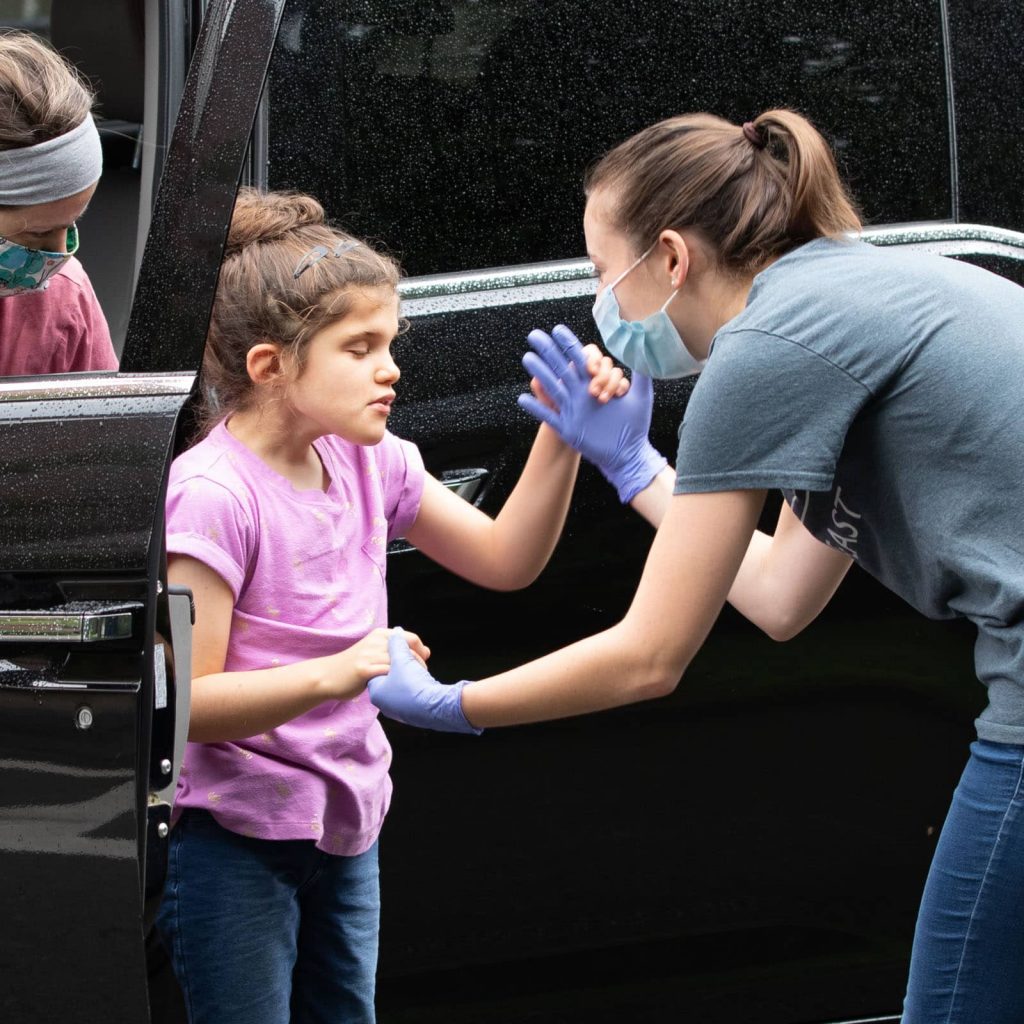
Communication Unveiled: Pro-Tactile and PTASL
In the realm of Deafblind communication, there are various communication models. Two common ones are PT (Pro-Tactile), and PTASL (Pro-Tactile American Sign Language).
PTASL is a form of communication that involves using touch to convey information. In PTASL, the person who is DeafBlind places their hands on the hands of the signer to feel the signs. The signer signs ASL on the DeafBlind person’s hands. PTASL is often used by Deaf-Blind people, who have used ASL most of their lives before going fully blind. It’s common for Deaf-Blind people to be bilingual, meaning they communicate in both PT and ASL and choose to use a mix of them both.
Pro-Tactile has its own system unrelated to American Sign Language. The sign space a lot smaller than PTASL and ASL. It is a rich and nuanced language that mainly focuses on touch, taps, and movements on the body, skin, and face. The Pro-Tactile signers do not rely on facial expressions because their grammatical system is limited to touch and movement only. A Deaf-Blind person that uses only Pro-Tactile might be someone who is not familiar with ASL, doesn’t use ASL at all, or has been raised with Pro-Tactile since childhood.
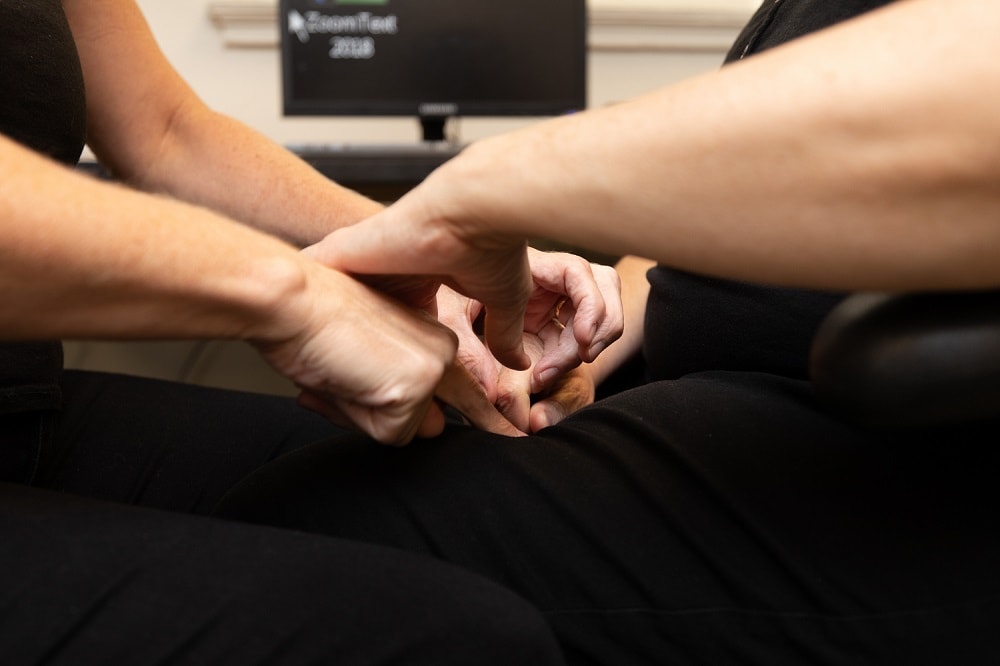
Empowering Deafblind Technology
Deafblind technology is revolutionizing accessibility and empowerment. Cutting-edge innovations such as haptic feedback devices, braille displays, and tactile graphics facilitate seamless communication, information access, and independent living. These technological marvels bridge gaps and empower Deafblind individuals to thrive in a world designed for sight and sound.
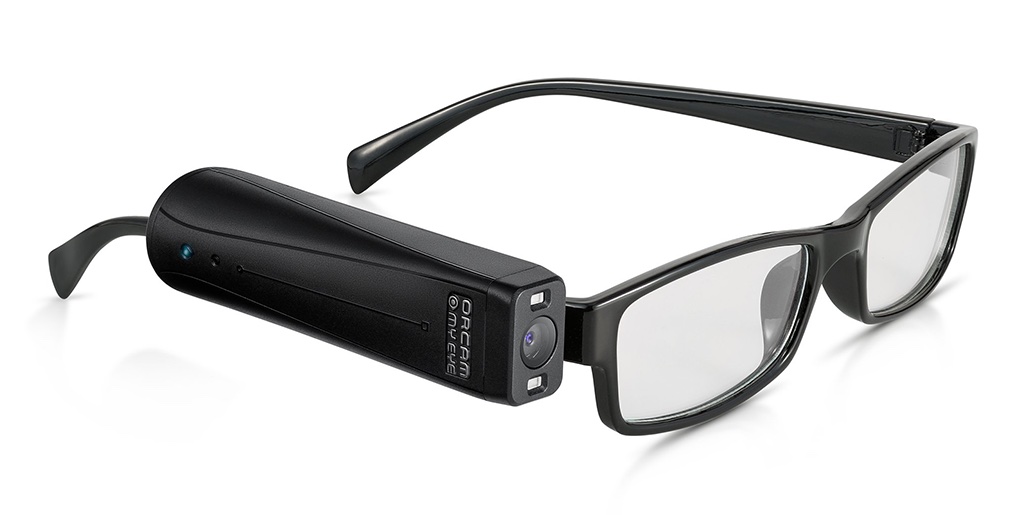
Education, Advocacy, and Support
Deafblind education plays a vital role in fostering inclusivity and empowering individuals to reach their full potential. Dedicated educators, support professionals, and organizations work tirelessly to provide specialized instruction, adaptive tools, and resources that enable Deafblind individuals to access education, develop life skills, and embark on fulfilling learning journeys. DeafBlind people also have a shared cultural history, various historical figures, such as Helen Keller, and others that have paved the way for DeafBlind education and advocacy
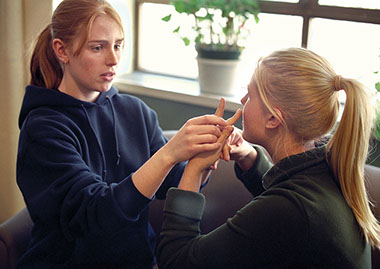
DeafBlind Culture: Celebrating Diversity and Awareness
Deafblind culture is a tapestry of diverse perspectives, experiences, and identities. It encompasses unique art forms, vibrant social networks, and a shared commitment to advocacy. Deafblind awareness initiatives, events, and organizations shed light on the challenges faced by the community while celebrating their strengths, achievements, and contributions.
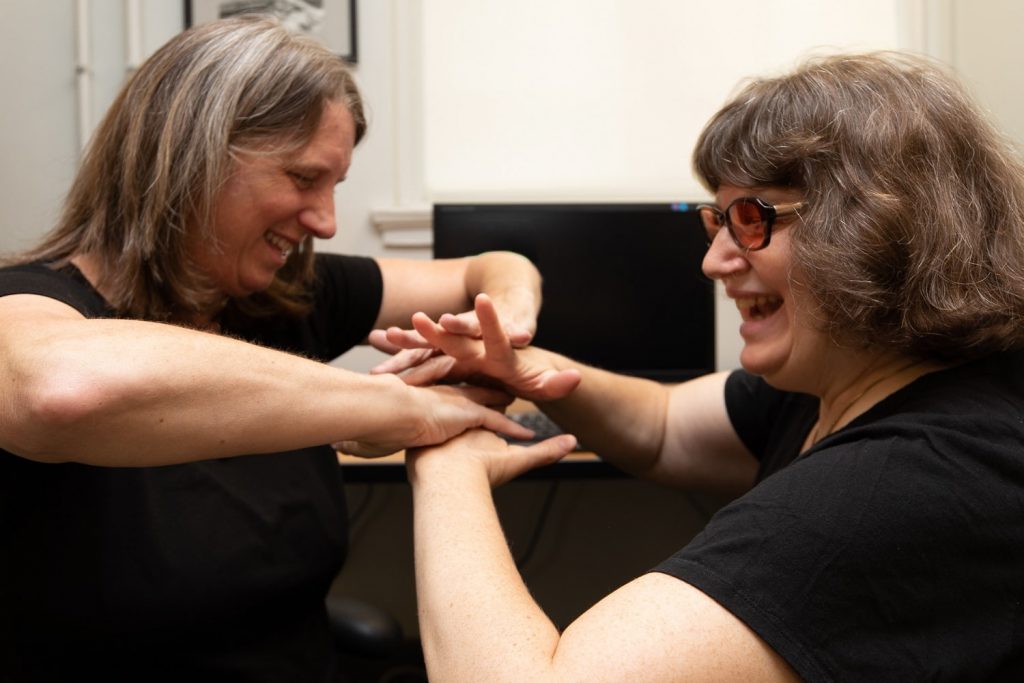
DeafBlind Access: Inclusion and Resources
Creating an inclusive society means removing barriers and ensuring access for all. From accessible transportation and public spaces to comprehensive accessibility policies, the goal is to enable Deafblind individuals to navigate the world with confidence and autonomy. Countless resources, including training programs, assistive technologies, and support services, foster independence and enhance the quality of life.
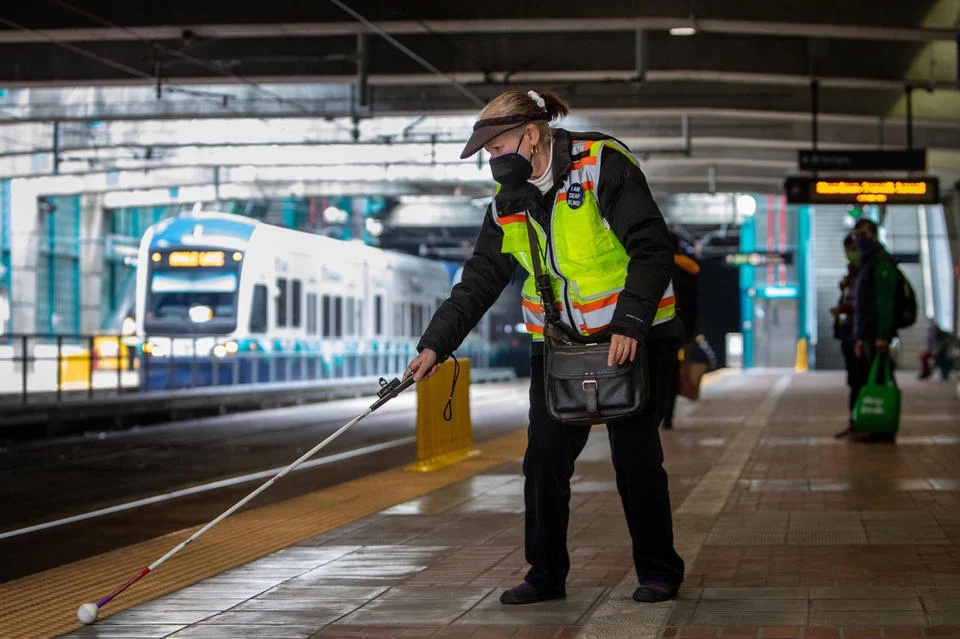
In the Deafblind world, we’ve witnessed the triumph of connection, the power of technology, and the beauty of culture. The Deafblind community reminds us that inclusion is not a mere concept but a shared responsibility. Together, let’s continue to amplify their messages, embrace their experiences, and work towards a society that uplifts and supports all individuals, regardless of sensory abilities.
Remember, the world may be diverse, but our determination to foster understanding and inclusivity is universal.
If you’re interested in creating a more inclusive world for Deaf, Blind, and DeafBlind individuals, please consider trying our FREE ASL learning demo!
What do you call a person who is Deaf and Blind?
A person who is deaf and blind can be referred to as DeafBlind or deaf-blind. Similar to the Deaf community where some individuals use “Deaf” to describe their identity in their culture and “deaf” to describe medically terminology, “DeafBlind” connects to DeafBlind culture where “deaf-blind” focuses more on the medical condition.
What language do DeafBlind people think in?
The language DeafBlind people speak in depends on their first language. If an individual had some hearing or sight and learned spoken English before becoming deaf-blind they will often think in English. If an individual has only ever known ASL, Tactile ASL, or braille.
What are touch cues for DeafBlind people?
Touch cues are used to convey visual or auditory information to DeafBlind people. They are part of Tactile sign language.
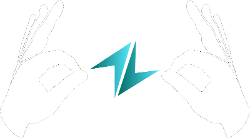



Comments